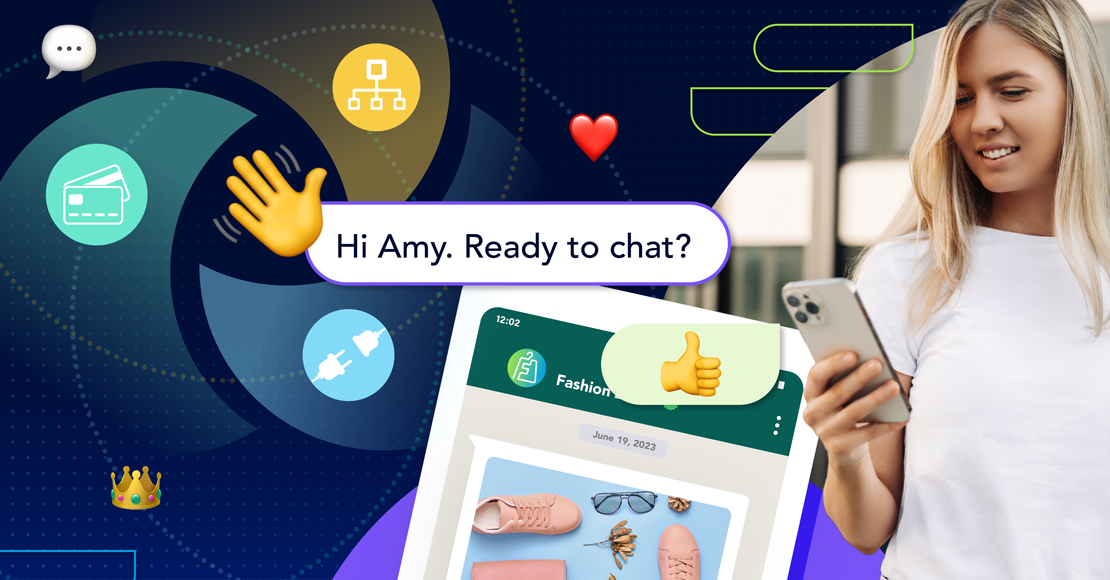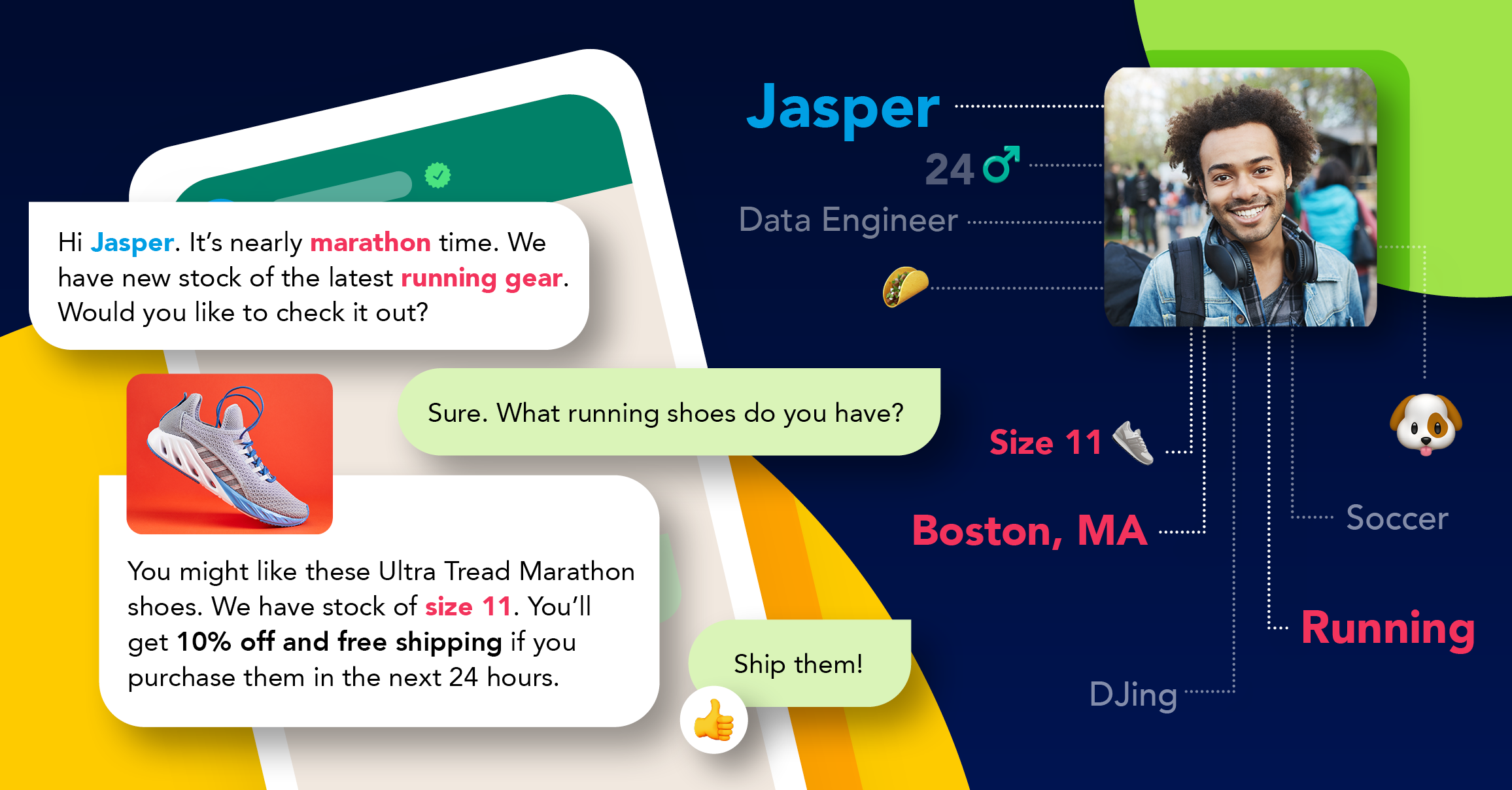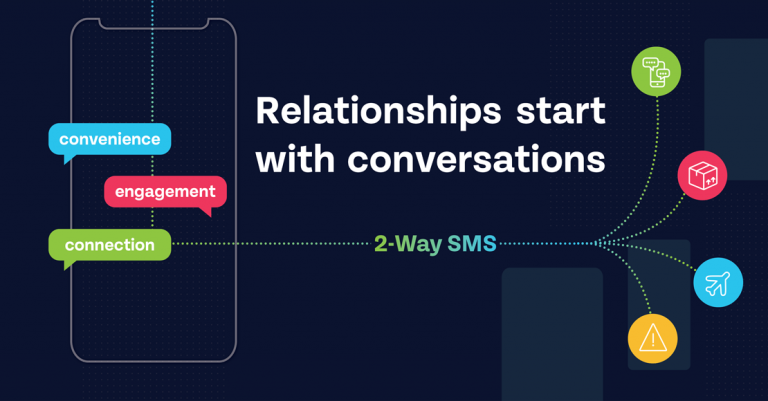
In the digital era where customers shop on desktops, laptops, iPads and mobile phones, retailers are looking to ramp up their investments in their ecommerce and omnichannel retailing – that is retail that uses multiple channels to reach the customer to create a seamless, more holistic retail experience.
Any retailer who hasn’t at least started doing this is either very niche or out of business. In the always-on, mobile frenetic world of the customer, retail needs to adopt the same nature. Enter omnichannel retail: cross-channel done well.
And the smart retailers are taking note, ensuring that their marketing strategies enable their customers to convert on any channel. Why? Well, they realize that a customer who buys from them in-store and online is the most valuable kind of customer. In fact, one study suggests that this customer is at least 30% more valuable than one that shops using just one channel.
Related: Best examples of omnichannel experiences
So just how do retailers nurture these customers? There seem to be three key ways to do so: Measure behavior; Provide relevant retail information and; Create a structure that supports omnichannel marketing.
1) Measure behavior
To engage omnichannel shoppers, retailers need to understand who they are. Sure, basic demographics are important, but they’re not enough – not anymore. Now retailers need to understand their customers in even greater detail. And to do this they need to measure the influence of every touchpoint – mobile marketing for example – in their journey. Only once every touchpoint has been accounted for can a holistic understanding of how a valuable customer makes a purchase, be created.
Now retailers are able to answer important questions about their most valuable customers: Do they shop across a mix of online and offline channels before making a purchasing decision? Are they likely to visit a retailer’s mobile site? Has their purchase frequency increased as a result of a specific campaign? Is the retailer’s mobile site providing enough assistance for the customer to make a purchase? Which other channels might be more helpful in the process? The answers provide a bigger picture and with greater insights, retailers can better use channels at their disposal to draw customers into their stores.
2) Provide relevant information
A recent study suggests that three out of four customers who find useful and relevant information in search results are likely to visit stores. David Buckley chief marketing officer of Sears Hometown and Outlet Stores sums it up well:
“If people are searching for a product on their phones, there is nothing more targeted than serving that item with a picture, description, and price, while letting customers know exactly how far they are located from the product.”
Easy access to this type of information ultimately leads to more customer feet through the brand’s door.
3) Create the omnichannel support structure
Once your most valuable customers have been identified, it’s time to create a retail process that best suits them. A seamless shopping experience is more likely to lead to a sale in the form of an organizational structure that directs them. For most retailers, this involves closer collaboration between departments, the eradication of siloed marketing efforts and a unified approach to the sale. Take a closer look at how your employees are set up to support omnichannel shopping behavior and have the right incentives in place so that employees support the experience.
Omnichannel retail presents a shift in how businesses are thinking about selling products – a shift that’s gaining momentum and presents massive opportunities. If you want to learn more about applying omnichannel to your retail or ecommerce site, read our blog post on why it’s the best approach for retail in 2017.
Explore other articles
Step into the future of business messaging.
SMS and two-way channels, automation, call center integration, payments - do it all with Clickatell's Chat Commerce platform.








